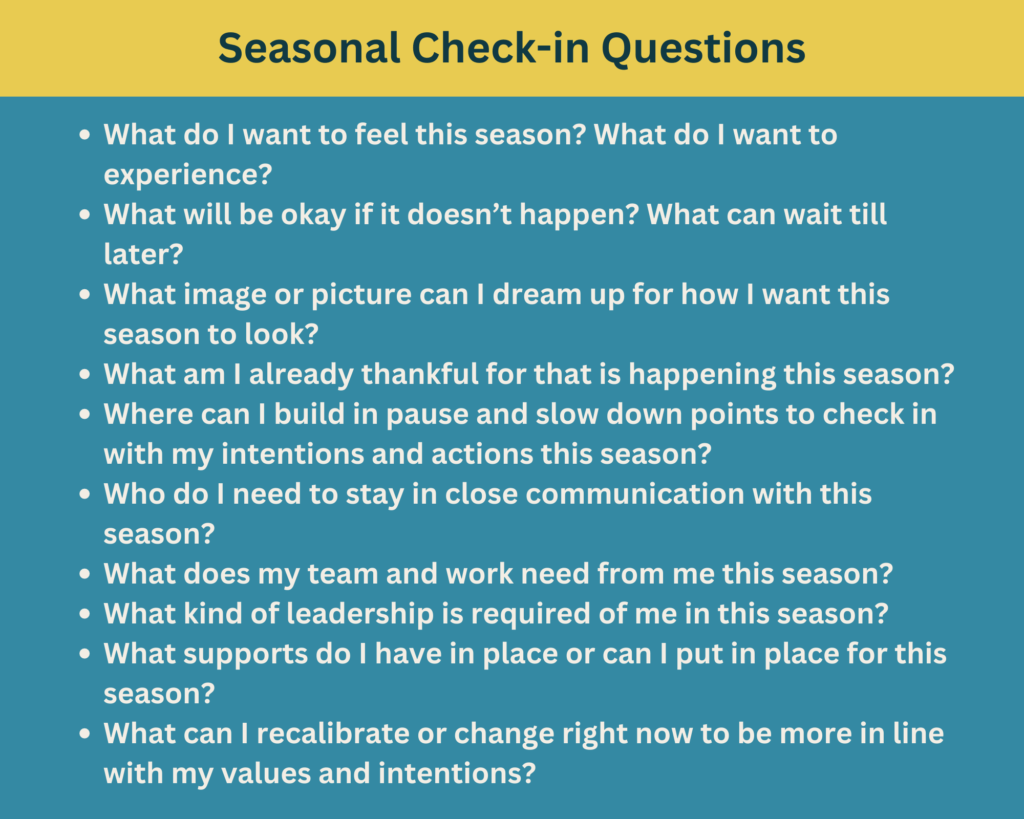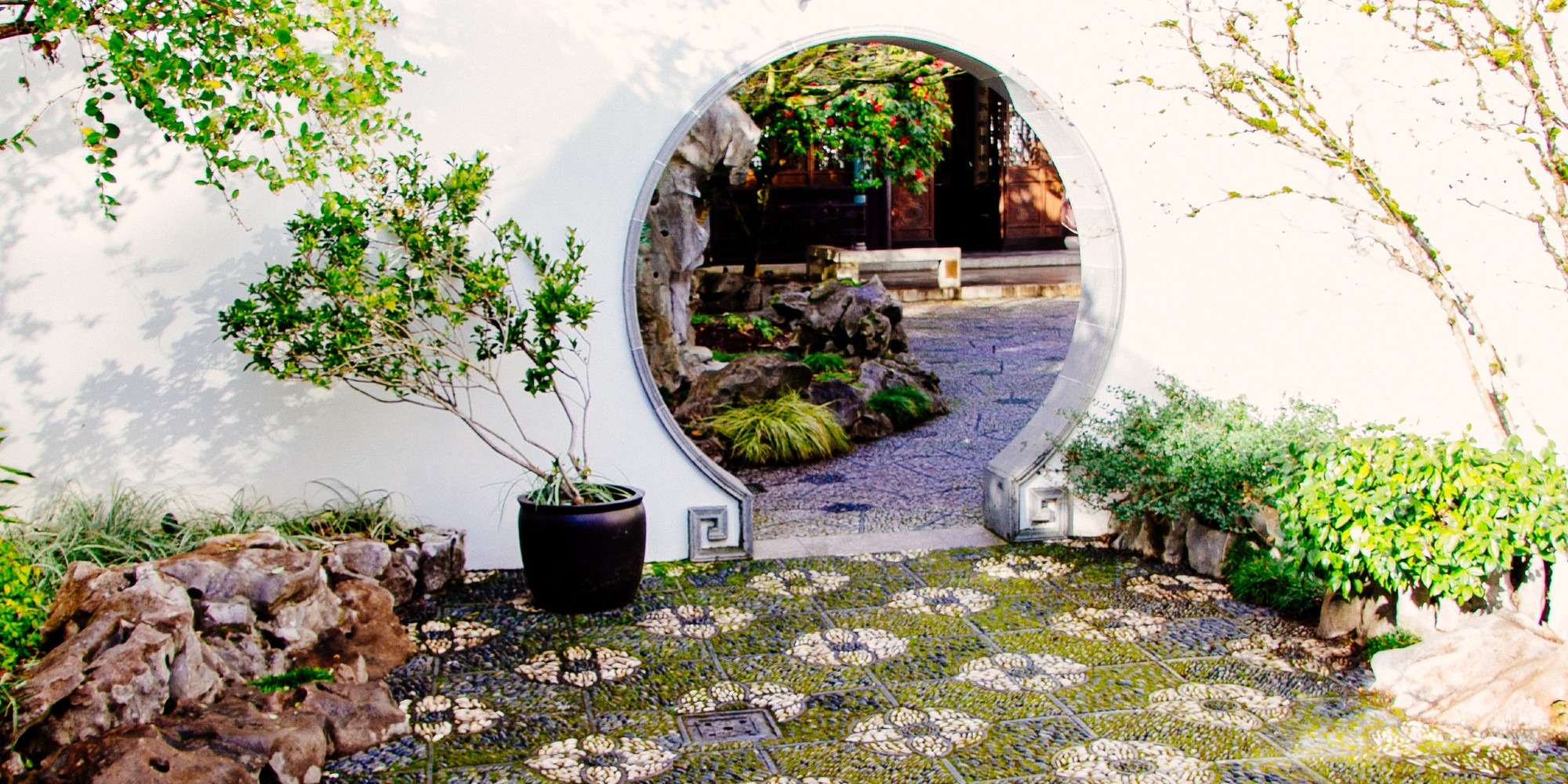How are you doing this season?
Over here in the northwest, summer is a noteworthy season. Why? Because there is incredible fruit and warmth and no rain or snow. Everyone is out and about. It brings a particular kind of delight AND in like matter a frantic, frenetic energy. People want to do everything… sit by a body of water, drive to a mountain, eat ripe peaches and corn. See all the people they love.
I feel this delight and pressure too. And now, with a child, I have the added urge of wanting him to experience it all and feel connected to the land where he lives and the joy of being outside with people we love.
This season highlights the push and pull I feel at this time in my life. I want to be present and soak in the joys and delights around me as a human on this earth – noticing the color and texture of bumble bees and butterflies, laughter, and the feel of my feet in cold, glacier streams. I want to be in this moment of life with my child – muddy hands, skinned-up knees, a face sticky sweet, holding hands with a summer friend. I want to make spacious room for my clients to recalibrate, listen, explore, and make plans that build toward bigger possibilities. Additionally, there is a list of hopes for my partner, family, community, and self.
What are all the pieces of summer you are holding? What do you want to feel and experience this season?
I have moments of inner struggle and grumpiness because it is not possible to make all of these things happen simultaneously inside linear time.
Again, I remind myself that I cannot do it all.
So how do I find my way toward these intentions for the rest of summer without overwhelm?
Here is what I do to reset and reduce stress:
- Name my intentions (see above)
- Name my constraints (time, energy, other people, etc.)
- Look for supports
- Simplify (where can I do less, where can I lower internal or external expectations)
- Overcommunicate and calendar with my partner (and key colleagues or family)
- Build in slowdowns (when am I pausing to check in with my body)
- Offer gratitude out loud at the moment for what I am seeing and the humans around me
- Be okay with an unconventional work schedule (as long as I have solid boundaries in place)
- Use a metaphor for the season to remind me of my intention
It is not too late to invite in a different way to be during this summer (or the next season) – if you feel frenetic, frustrated, “blah”, or disconnected. It may be cheesy, but it is also true; every day, you have an opportunity to reset your intentions and actions.
Today I intend to dig into key client communications and connections, eat a juicy peach, and sit outside with my son in the late summer afternoon.
Want reflection questions to support your reset? Check out more below.
Here is to a fruitful summer,
Annie

If you find this info helpful, please consider joining my email list. You’ll get helpful tools and learn about the practices I use for myself and to help leaders and teams gain clarity, work collaboratively, and discover a deeper sense of purpose, connection, and joy.



![How to bring in joy & intention when building partnerships [Leaders Creating Change Series]](https://www.annievonessen.com/wp2015/wp-content/uploads/2023/02/xuke123-_JdB2UenEbA-unsplash-scaled.jpg)






